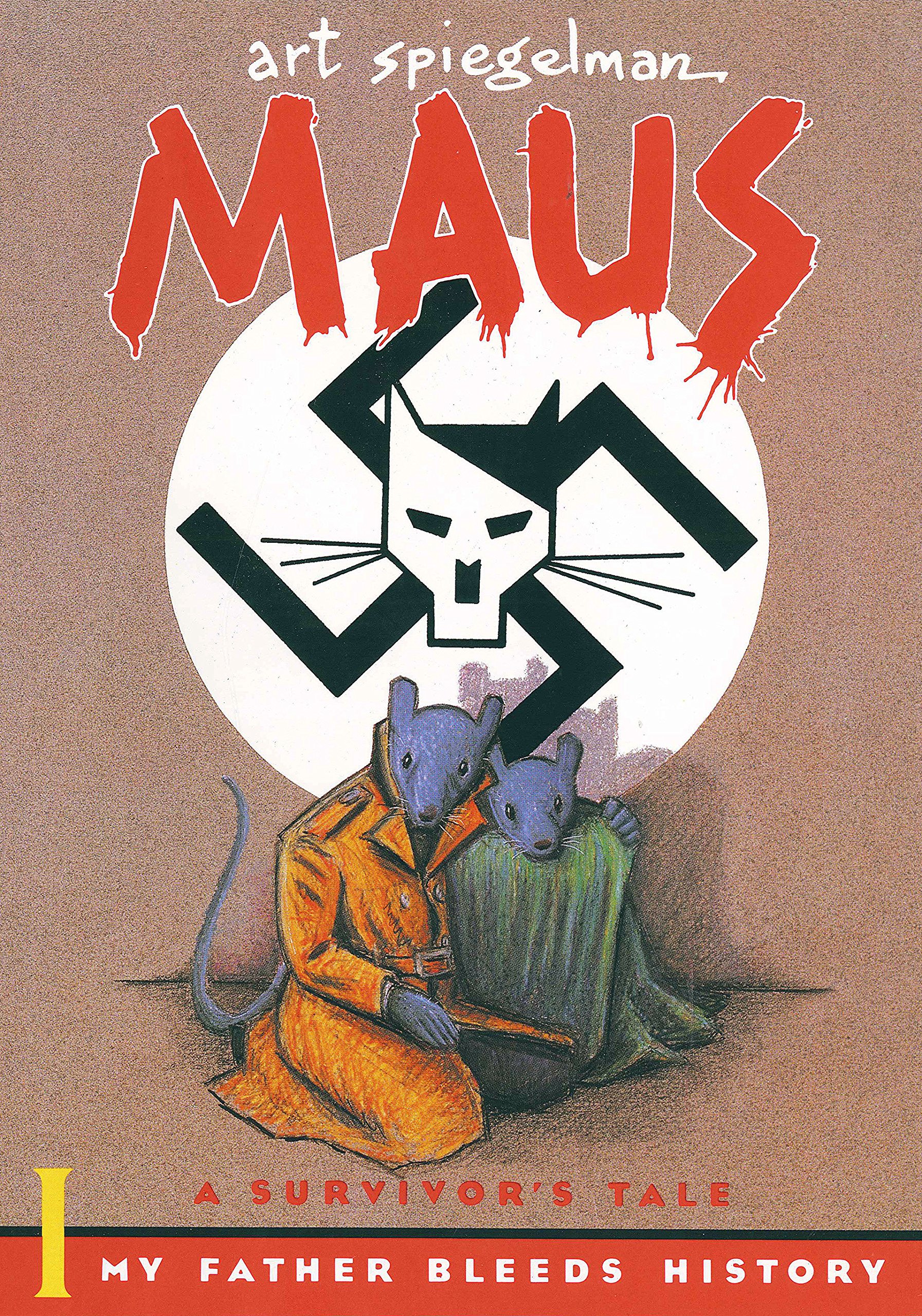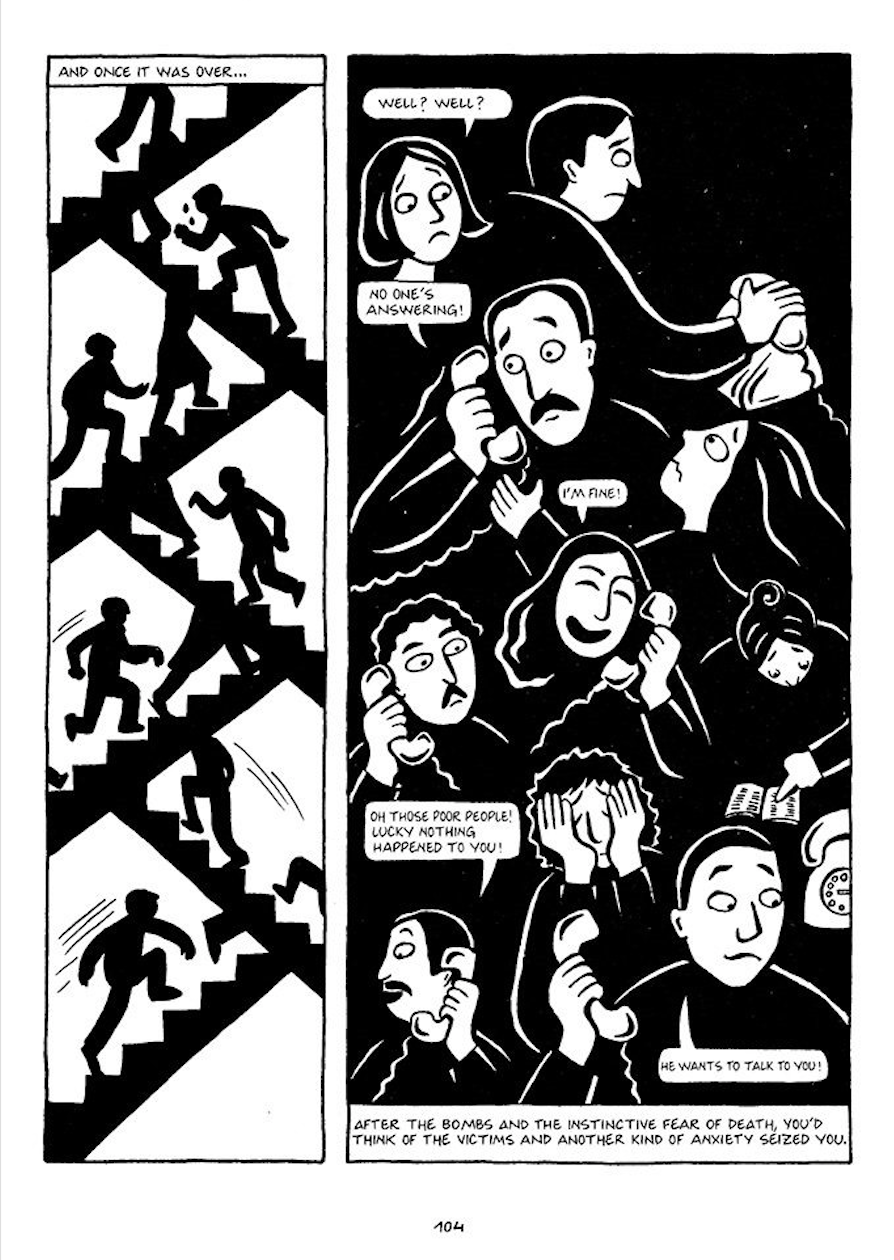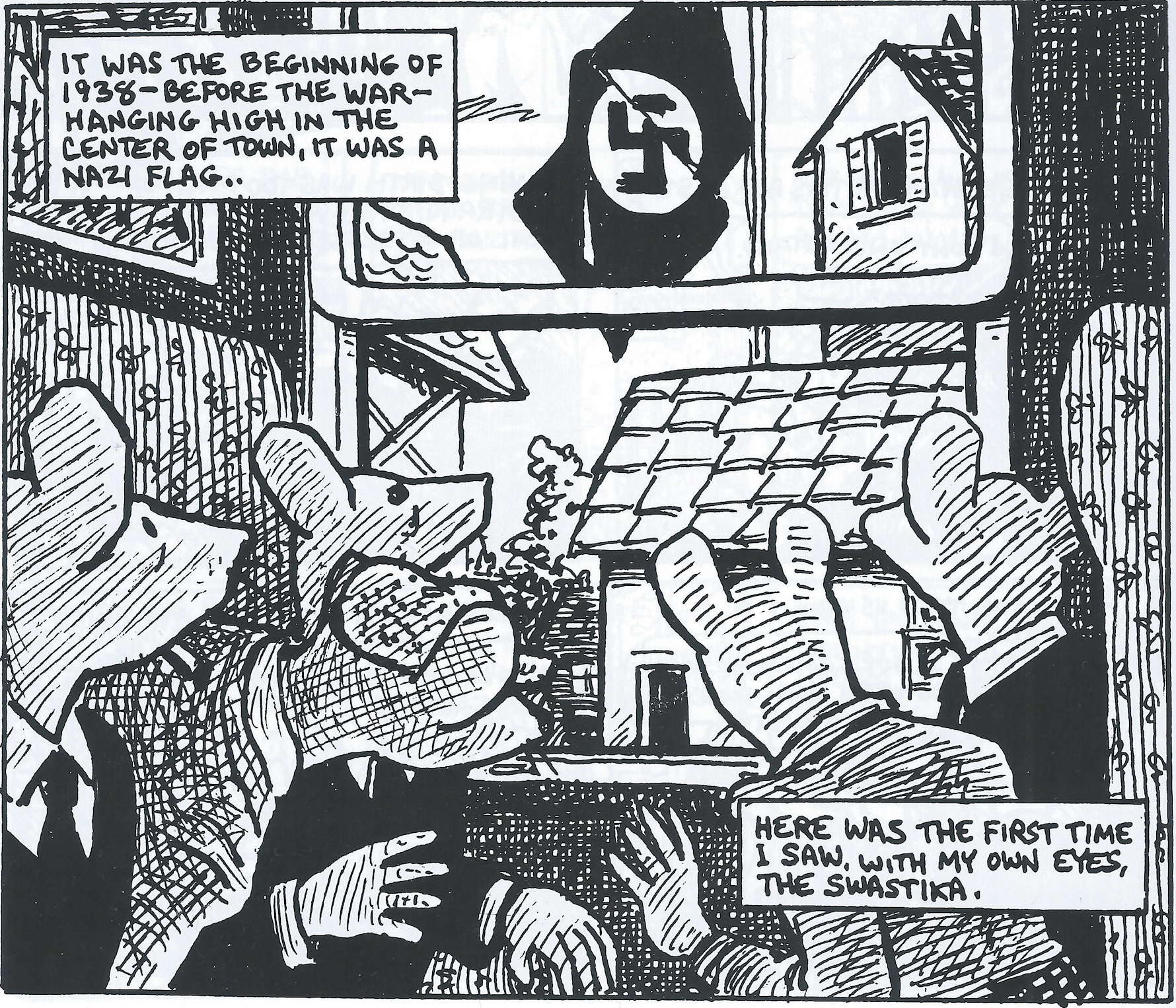Table of Contents Show
Comics are a medium that is just becoming mainstream. It has gained a wider audience not only through superhero movies and television shows but through more serious works like Maus and Persepolis, which tell stories about trauma. They have brought new legitimacy to the medium, becoming staples of high school and college reading lists. Art Spiegelman’s Maus visualizes his father’s experience as a Holocaust survivor and the effect it had on his own life, while Marjane Satrapi’s Persepolis is a graphic memoir of her experience growing up in Iran during the Iranian Revolution.
There is one question that comes up in every class discussion about these books: why comics? Why choose to tell these heavy stories in a format best known for its bright, action-packed superhero adventures? Comics theory scholar Hillary Chute suggests that the medium is appealing because it can show the reality of trauma without sensationalizing or normalizing violence, due to its combination of text and image (( Chute, Hillary. Why Comics?: From Underground to Everywhere. HarperCollins, 2017. )).
What Are The Advantages Of Comics?
Comics don’t desensitize the reader to violence because the combination of words and images balances the graphic nature of trauma. What is too traumatic to be shown is expressed through words and what is too traumatic to say is expressed by images. Violence isn’t normalized because the images aren’t explicit, but the depth of the trauma is still expressed through the text. Maus does this by using anthropomorphic animals in the place of people, drawing Jews as mice and Nazis as cats.

Marjane Satrapi’s Persepolis is drawn in a cartoonish style in black and white, but her narration is direct and explicit. She doesn’t shy away from the horror of living through a revolution, but she doesn’t use realism to show it. She identifies that depicting violence in color, in a realistic style, normalizes it (( Chute, Hillary. Graphic Women: Life Narrative and Contemporary Comics. New York: Columbia University Press, 2010 )).

Satrapi uses cartoonish art to “re-represent” images of violence alongside complex narration to call attention to “The Horror of History” (( Hillary Chute, Graphic Women: Life Narrative and Contemporary Comics, (New York: Columbia University Press, 2010),145 )). This balance of abstracted image and precise text ensures that the reader understands the harm but doesn’t view it as normal.
What Does Text And Image Do?
Using both text and image removes ambiguity from a story, which gives the writer the ability to resist other forms of interpretation that could misrepresent the narrative. Adding words to an image reduces the number of possible meanings (( Duncan, Randy, and Matthew J. Smith. “How the Graphic Novel Works.” Chapter. In The Cambridge Companion to the Graphic Novel, edited by Stephen E. Tabachnick, 8–25. Cambridge Companions to Literature. Cambridge: Cambridge University Press, 2017 )). In a field of controversial subjects, this control gives power to the victims. Maus is a perfect rebuttal to those who try to minimize the importance of the Holocaust. Readers can’t deny Spiegelman’s father’s experience.
Satrapi’s aim with Persepolis is to tell a story that resists generalizing views of the Iranian Revolution. She is able to do this through the use of words and pictures, which limits the range of interpretations. The specificity of comics allows her to show the diversity of life in Iran, guiding the reader from the terror of hiding from bombs to the humor of her parents smuggling her a punk poster. Trauma is expressed in a more nuanced way because there is space to have moments like those, minimizing ambiguity which could obscure the finer details.
The Reader + The Writer
Comics are an empathetic process because the reader is involved in telling the story. Meaning is created in comics through the interaction of symbols (mainly words and pictures) in a series of panels. The reader has to combine words and pictures to understand whatever is being expressed in the panel. It takes a conscious effort on the reader’s part to read a comic. Even between panels, the reader has to connect the dots and infer what happens in the blank spaces.

Unlike a novel, where the reader just follows the words, comics is a collaboration between the reader and the creators. The reader “adds in additional information in the process of decoding the presentation,” making them part of the storytelling process (( Randy Duncan and Matthew J. Smith, “How the Graphic Novel Works” in The Cambridge Companion to the Graphic Novel, ed. Stephen E. Tabachnick (Cambridge: Cambridge University Press, 2017), 8 )).

This page in Persepolis depicts the aftermath of a bombing in Satrapi’s area. She recognized her neighbor’s bracelet in the wreckage. The reader has to deduce what Satrapi isn’t explicitly showing or saying from the combination of the text in the second panel and the image of the bracelet. In comics, the reader can’t distance themselves from ‘the horror of history’ and must confront reality in a more personal way.
So Really, Why Comics?
Writers and artists turn to comics to tell stories of trauma because the combination of text and image creates a holistic story which is able to give the subject more nuance than in text-only or image-only mediums. The specificity of the narrative stops it from normalizing or generalizing trauma.
The collaborative nature of comics makes the reader’s experience of the story much more personal. Comics is a highly immersive medium, which lends itself not only to graphic memoirs but series like Superman and Saga. Readers are drawn to comics because they tell comprehensive, captivating stories in ways other mediums cannot.
